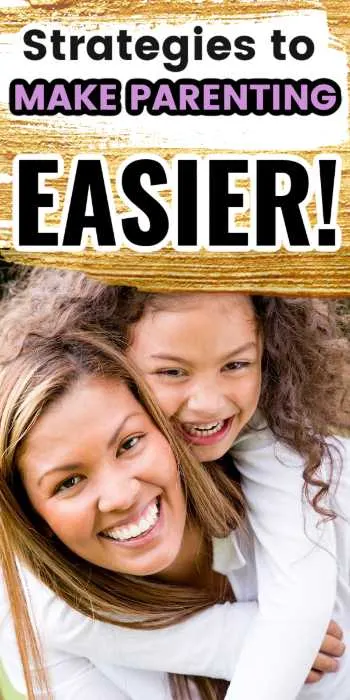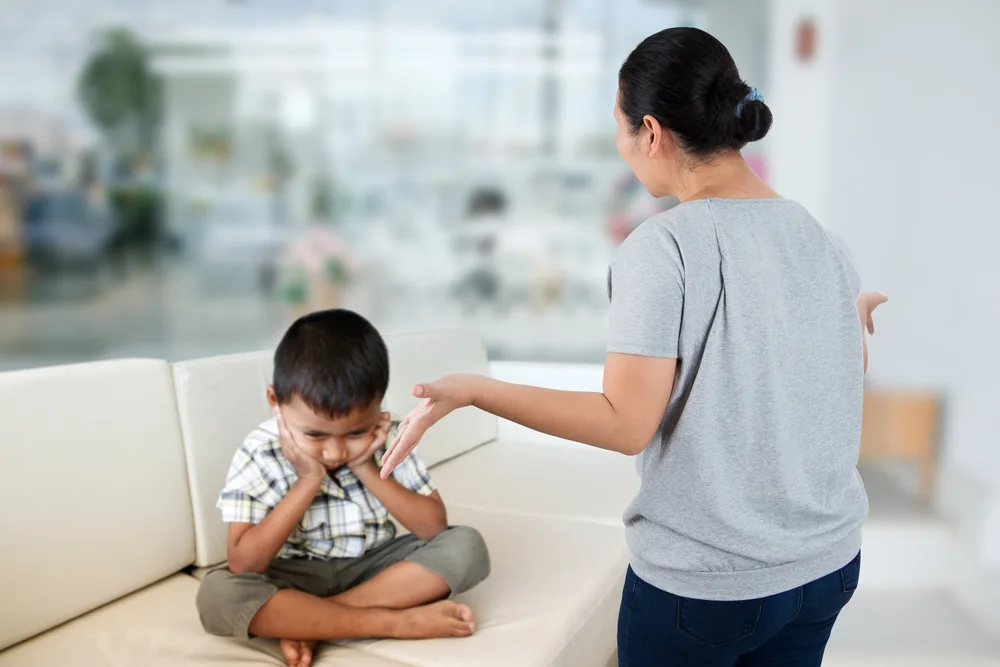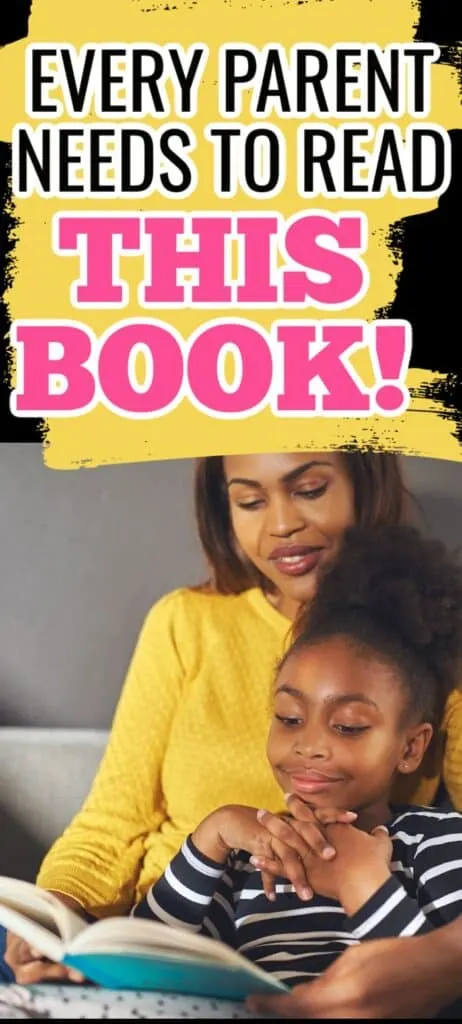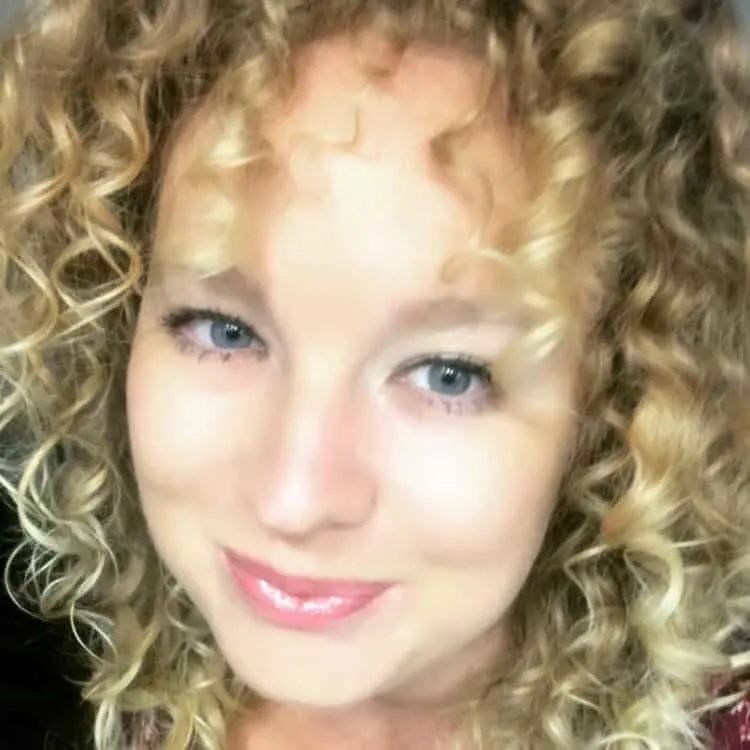(This post may contain affiliate links. To read our full disclosure policy click here.)
The Whole-Brain Child is a parenting book that is all about helping children grow into well-rounded adults by nurturing their developing minds.
The authors provide twelve strategies to help parents tap into their child’s whole brain from birth to school age.
The strategies are based on the latest research in neuroscience and offer ways for parents to understand how their child’s brain works in various situations and lets them know the best ways to support them where they are at.
Some of the topics covered in this review include:
- What is the Whole Brain Child about?
- Who should read this book?
- Using the Key Strategies for Everyday Parenting Struggles
- Is The Whole Brain Child right for you?
- What age is The Whole Brain Child for?

Have you heard of The Whole-Brain Child?
Have you heard of the book The Whole-Brain Child?
It’s a New York Times bestseller written by two neuroscience experts that talk about how to better parent kids by using both sides of your brain.
The left brain is analytical, rational, and logical while the right brain is creative, intuitive, and emotional.
By using both sides of your brain, you can more effectively communicate and connect with your children.
The book provides 12 strategies that help parents to do just that.
If you’re looking for a way to improve your parenting skills, this book is definitely worth checking out!
What is Whole-Brain Child about?
The Whole-Brain Child, by Dr. Daniel J. Siegel and Tina Payne Bryson, is a comprehensive guide to understanding and parenting children in today’s world.
The book covers a wide range of topics, from the importance of attachment to the importance of play.
In addition, the authors provide practical tools and strategies for dealing with common childhood challenges, such as tantrums and bedtime battles.
Above all, The Whole-Brain Child emphasizes the importance of connecting with your child on an emotional level.
By doing so, you can help your child develop into a happy, well-adjusted individual.
Who should read this book?
While the book is geared toward parents, it would also be beneficial for teachers, childcare providers, and anyone who works with kids on a regular basis.
If you want to learn more about how to support kids as they grow and develop, The Whole-Brain Child is a great resource full of practical advice and real-life examples.
12 Strategies to Support a Child’s Developing Mind
The book goes through twelve key strategies that will help you survive everyday parenting struggles.
The strategies are based on the latest research in neuroscience and offer ways for parents to understand how their child’s brain works in various situations.
In addition, the authors provide concrete examples of how to put each strategy into action.
One thing I really liked about the book was the comics that they used throughout the book to showcase strategies.
I am a visual learner so I found this really helpful!
You can even use pictures to show older kids to help them understand how the brain works.

Do The Whole-Brain Child strategies actually work?
Whenever I read a parenting book, I try out the strategies as I go.
Often times I read books like this at a much slower pace so that I can practice as I go.
I do think the strategies work, however they can be challenging to implement if this style of parenting is a lot different from how you normally parent.
The authors do make it very clear though that this is not always easy and it is ok to make mistakes which I really appreciate!
Just this morning one of my kids came to tell me about how her brother had hit her while playing a card game together.
Part of me just wanted to go to him and say “If you hit your sister you will be getting no allowance for the week.”
It seems easy and effective, right?
On the surface yes…it probably would be but I decided to try out the strategies instead and I felt really good at the end of it.
So here is how it played out!
I asked my daughter if she was ok and had her tell me what had happened.
Then I approached my son and instead of saying “why did you hit your sister,” I had him explain to me his side of the story.
It turns out there was an argument about how the game is played and of course…they both thought they were right in what they thought.
Emotions ran high and my daughter hit my son and then he hit her.
So we talked about it.
I asked them some questions on what were some alternatives to hitting when they disagree on the rules.
We came up with a solution that everyone agreed with.
When there are disagreements about the rules…that means it is time to get a parent to read the instructions!
So I went and read the instructions to them again and they continued to play!
Did this take some time?
Yes, it took much longer than just stating a consequence.
What did they gain from it?
How to problem-solve and communicate with each other when something isn’t working out.
Trying the Twelve Key Strategies Out
I have been trying the strategies out over the past several weeks to help my children face different emotions and ease arguments between the two of them and I feel like the book has made it easier for me to relate to and meet them where they are developmentally.
Instead of getting frustrated or upset by the tantrums and fights, I can see where they are coming from and see how we can use these day-to-day struggles as a way to foster vital growth.
As a parent and a parent educator, I really appreciate the section at the end of the book that lists out all of the age-appropriate strategies in groups from 0-3 years, 3-6 years, 6-9 years, and 9-12 years.
This will help me to easily go back and reference the book when my kids are experiencing different challenges at different stages.
I love that I am learning strategies that are effective now and that I can use for years to come to foster healthy brain development.

Using the Key Strategies for Everyday Parenting Struggles
Are the key strategies in this book easy to use during day-to-day struggles?
Yes and no.
Like I said before if this is a new way of parenting for you it can be challenging to put into practice.
I was using some of the strategies before reading this book so I found much of the information to mesh with my parenting style.
I also appreciated that the book offers a lot of grace for parents who are trying to learn these new skills.
I find myself going back to the book often to reference the comics or specific strategies.
Applying the strategies takes time, patience, and practice.
Is the Whole Brain Child right for you?
If you are looking for a parenting book that is based on the latest research in neuroscience, The Whole-Brain Child is a great choice.
This book offers twelve strategies to help parents tap into their child’s whole brain from birth to school age.
The whole-brain child strategies are easy to understand and come with concrete examples of how to put them into action to support children’s brains.
You can get your copy of the book here.
Frequently Asked Questions
The strategies in this practical book are recommended for children from birth to 12 years old. Although this book is aimed at parents, I think teachers and people that work with young children could benefit from reading it as well.
I think the Whole-Brain Child is a great book! It offers strategies that are based on the latest research in neuroscience and provide concrete examples of how to raise emotionally healthy kids. The book is a fast read and I found the illustrations included to be very helpful as well.
The whole-brain approach to discipline is based on the latest research in neuroscience and emphasizes the importance of emotional regulation.
This type of discipline focuses on helping children understand and cope with their emotions in a healthy way.
Some of the strategies included in this approach are: listening with empathy and helping children label and understand their emotions.
Related Posts You Will Enjoy
Wind Down Activities Before Bed for Toddlers
How to Deal with Toddler Tantrums in Public
Strategies to Support Language Development in Toddlers
How to Stop a Toddler from Biting
How to Use Pictures to Communicate


Kayla O’Neill has a master’s degree in education as well as a bachelor’s degree in special education with an emphasis in early childhood education. She has been working as a developmental therapist with babies and toddlers in early intervention since 2012. She is also a mom with two young children.